Mesopotamian Cuisine
Mesopotamian cuisine is the food culture of Mesopotamian Arabs, primarily in Iraq. It may also be termed Iraqi cuisine as the cultural region approximately aligns with the country Iraq.
Modern Mesopotamian cuisine is related to other Arabic cuisines, especially Levantine cuisine, and shares similarities with Persian and Central Asian cuisines.
Mesopotamia is a geographic region between the Tigris and Euphrates Rivers, or the Tigris-Euphrates Basin, within the historically fertile area known as the Fertile Crescent. This area has been inhabited by different people since ancient times, such as the Sumerians and Babylonians. Today, the major ethnic group in the region is Arabs, particularly those who speak a dialect known as Mesopotamian Arabic.
Baghdad is a major city and cultural center in the region.
Islam is the dominant religion, and both Sunni and Shia traditions are widely practiced.
Tanuur(تنور), or tandoor, are traditional clay ovens used to bake flatbread. Tanuur have likely been used in the region for thousands of years and perhaps originated in or near modern Iraq.
Ingredients
Many grains are used in Mesopotamian cuisine. Wheat has a long history in the region and is used for various breads. Pilaf and similar dishes are made from whole grains such as wheat or rice. Long-grain aromatic rice is typical. Barley also has a long history in the region.
Chickpeas are a common legume.
Onion is used in many dishes.
Eggplant(بيتنجان bitinjan) is a favorite ingredient. Large round varieties are grown.
Turnips and beets are used, often pickled.
Herbs include za’atar(زَعْتَر), dill, mint, and coriander. Sumac is used.
Limes are often used, typically dried.
Dates are grown in the region. They are enjoyed ripe and made into date syrup(دِبس dibis / رُب rub).
Sesame seeds are widely used. They may have been first cultivated in the region. Sesame seeds are commonly made into sesame paste or tahini. Tahini is sometimes mixed with date syrup to make a sweet sauce.
Pistachio is common.
River fish are caught from the Tigris and Euphrates Rivers. Shabut is a large type of carp native to the area. Mangar is another large native fish.
Lamb is a favorite meat. Chicken and beef are also used. Dairy is widely used, especially as milk, clarified butter(dihin), and cheese.
Dishes
- khubz tanuur(خبز التنور): flatbread baked in a clay oven
- samun(صمون): baked leavened flatbread, usually in a stretched diamond shape with a pocket
- shawarma: flatbread with fillings such as roasted meat
- Muqlaba(مقلوبة): rice with toppings, cooked upside down
- masgouf(المسكوف): slow-roasted river fish
- quzi(قوزي): slow-roasted lamb with rice and spices
- eggplant tabsi(تبسي بيتنجان tabsi bitinjan): eggplant casserole, typically with meatball and onion
- tashrib(تشريب): meat stew over flatbread, typically with onion and dried lime, sometimes with chickpeas added
- dahin: sweet cake-like dish made from flour, clarified butter, and dates; often with pistachio
Recipes
-
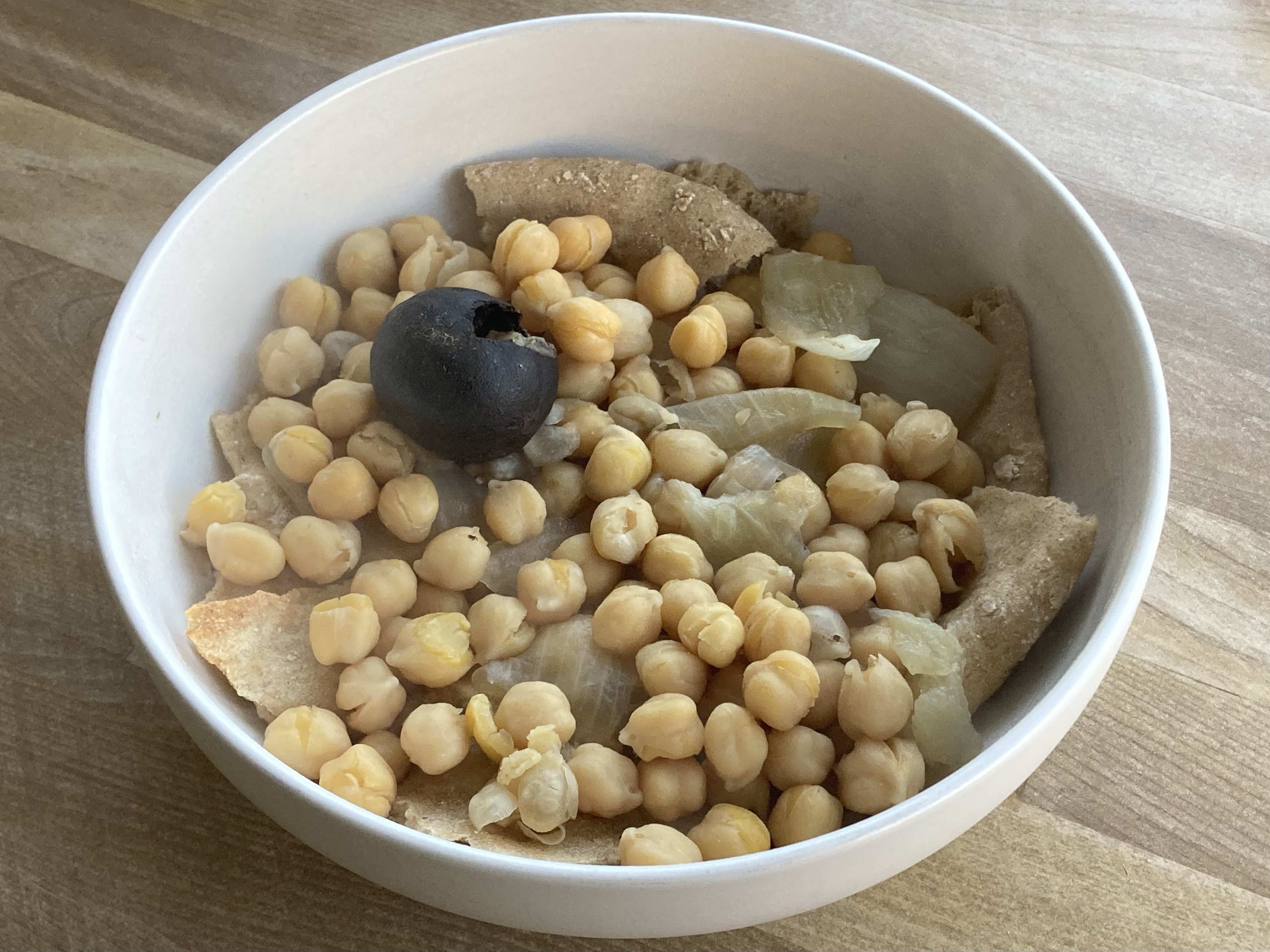
Chickpea Tashrib
Tashrib(تشريب) is stew over flatbread. It is a traditional food of Mesopotamian cuisine, usually made with lamb. This vegan variation […]
-
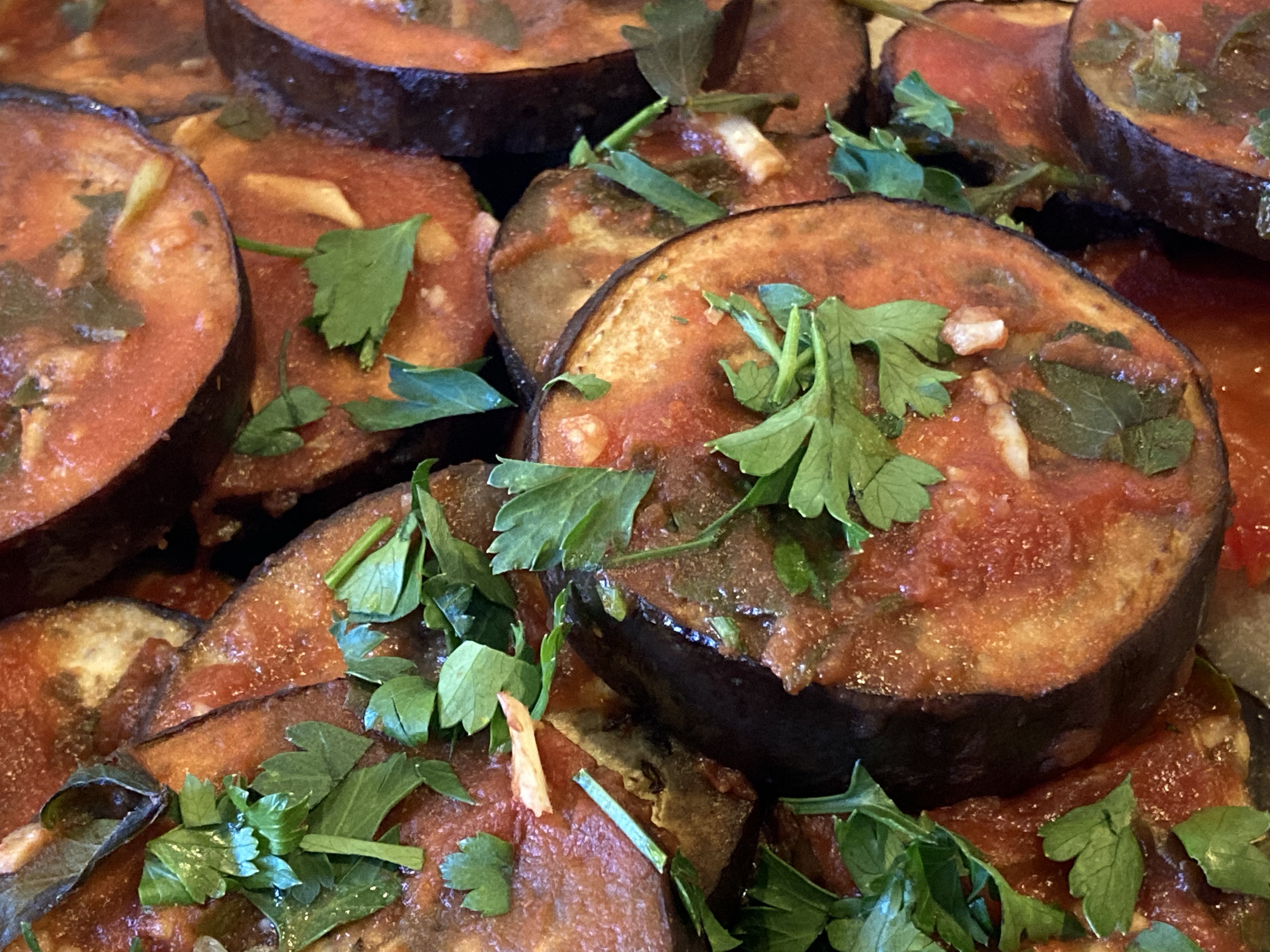
Eggplant Tabsi
Eggplant tabsi(تبسي بيتنجان tabsi bitinjan) is a type of eggplant casserole from Mesopotamian cuisine. The main ingredients are eggplant, onion, […]
-
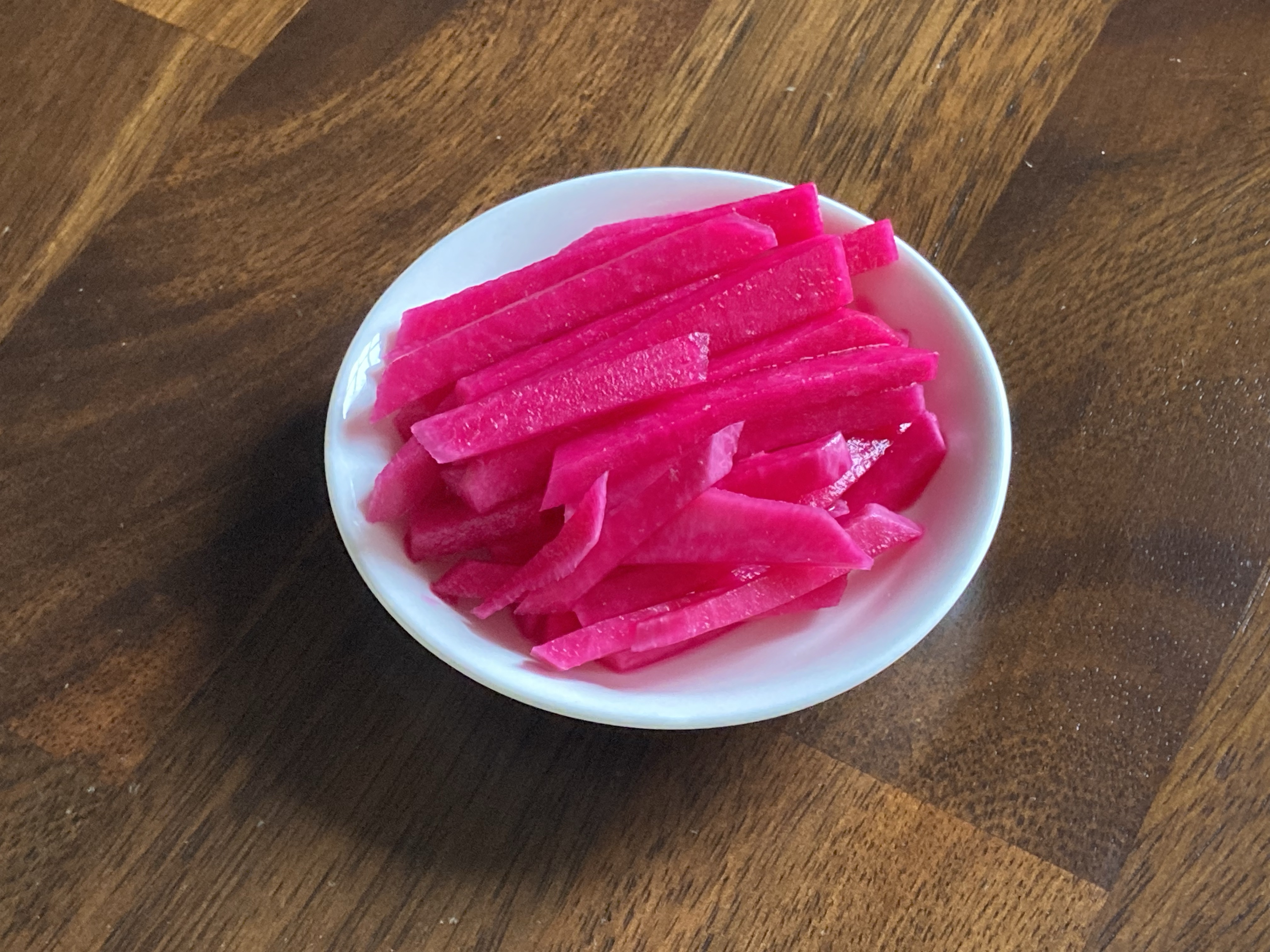
Pickled Turnip
Pickled turnip(مخلل اللفت) is a common Levantine and Mesopotamian dish made by pickling turnips, generally with beetroot to give it […]
-
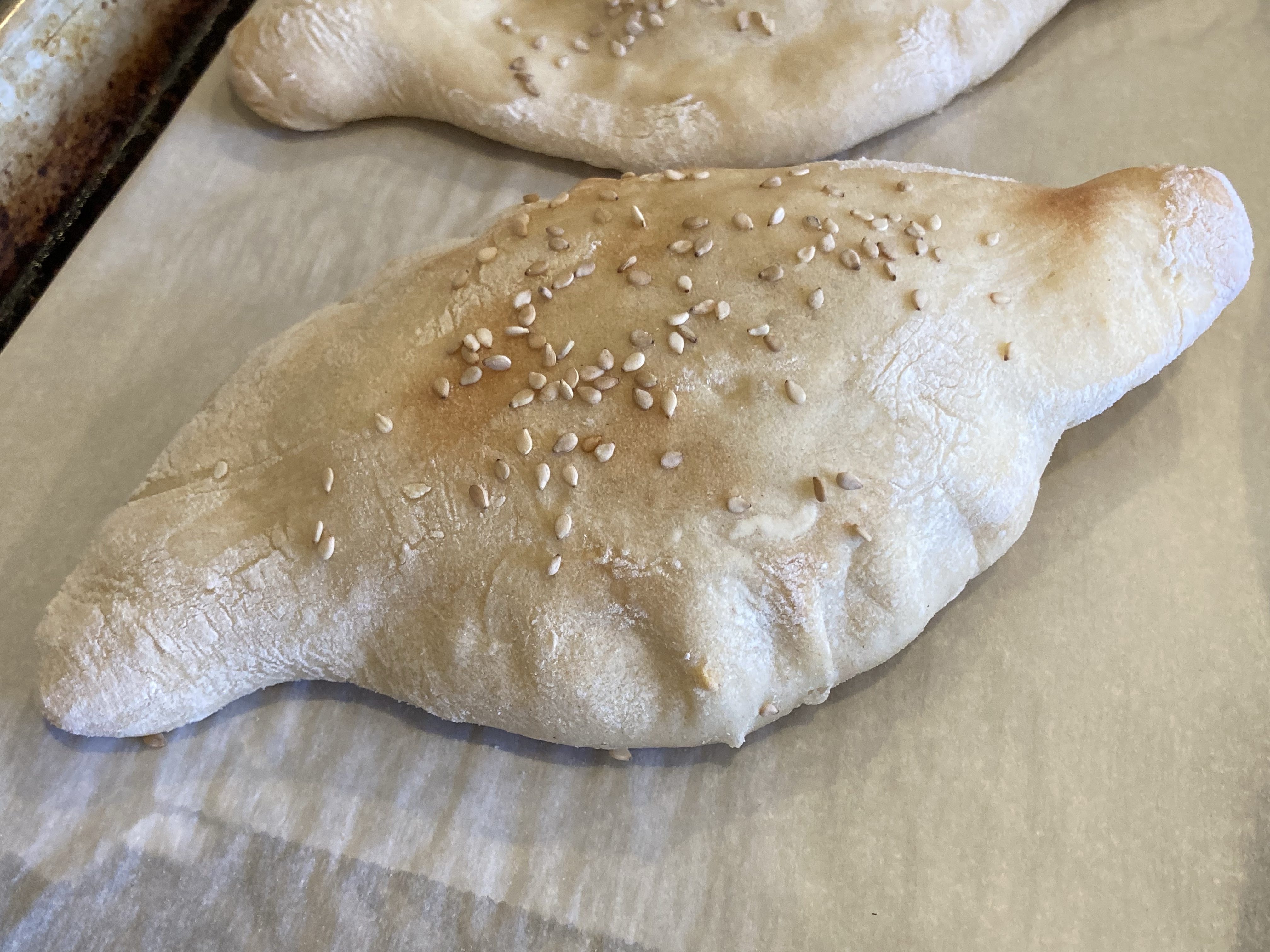
Samun
Samun(صمون), also transliterated as samoon or samon, is a type of leavened flatbread from Mesopotamian cuisine. Samun has a stretched […]
-
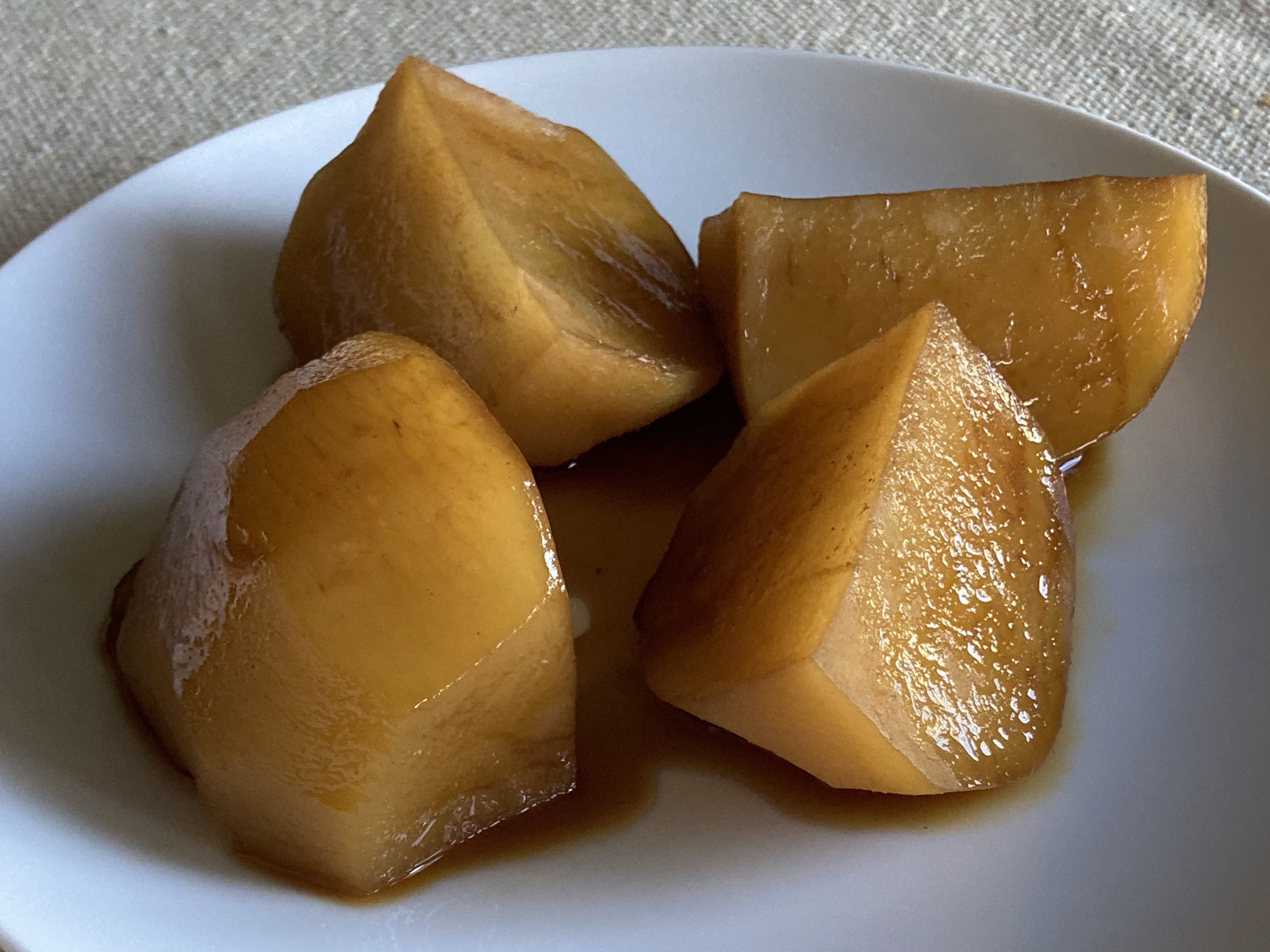
Shalgham
Shalgham(الشلغم) is a sweet turnip dish made by boiling turnip with date molasses. It is a dessert in Mesopotamian cuisine, […]
-
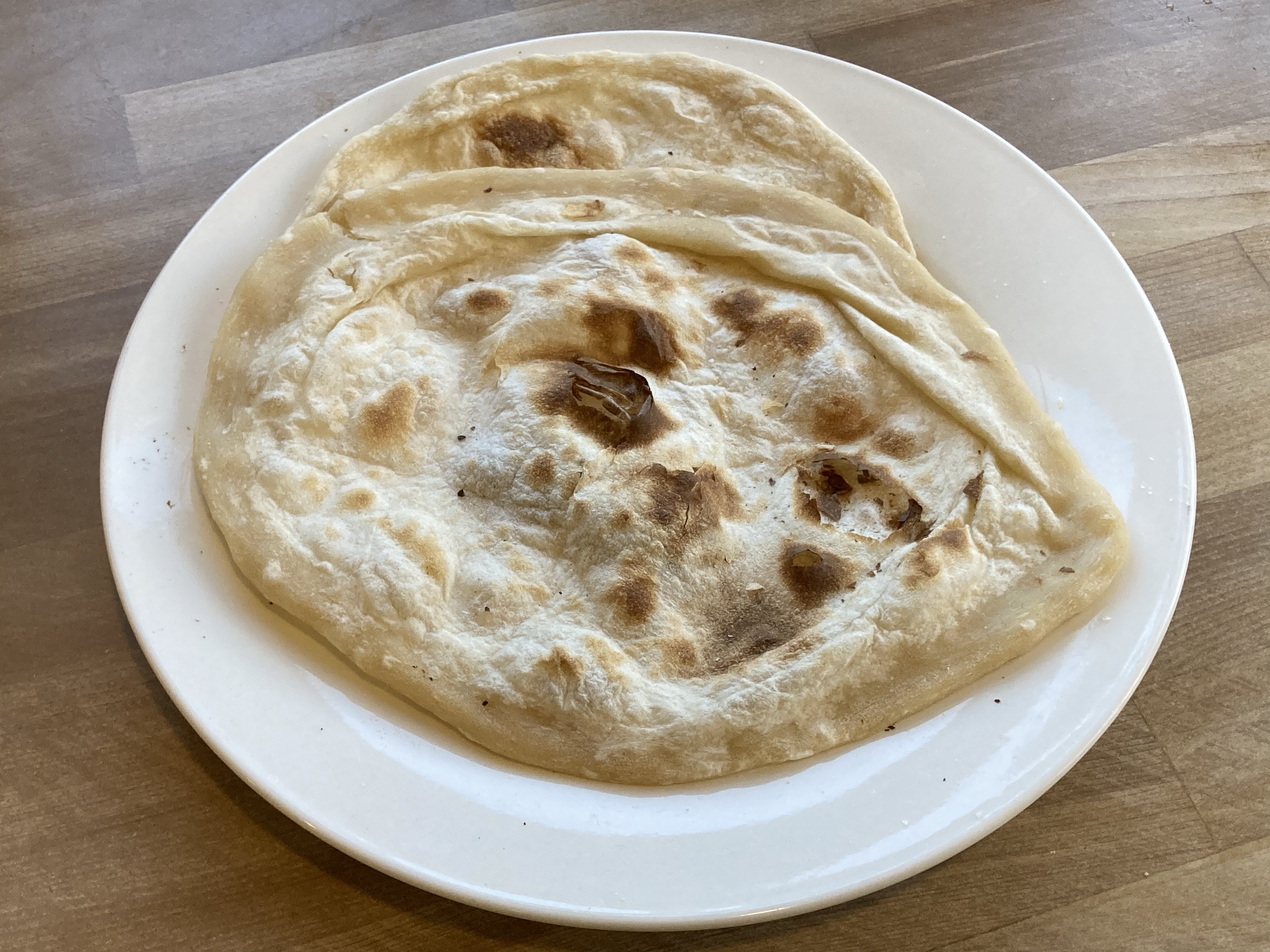
Tanur Bread
Tanur bread(خبز التنور khubz al-tanur) is a variety of flatbread popular in Mesopotamian cuisine. It is traditionally cooked in a […]